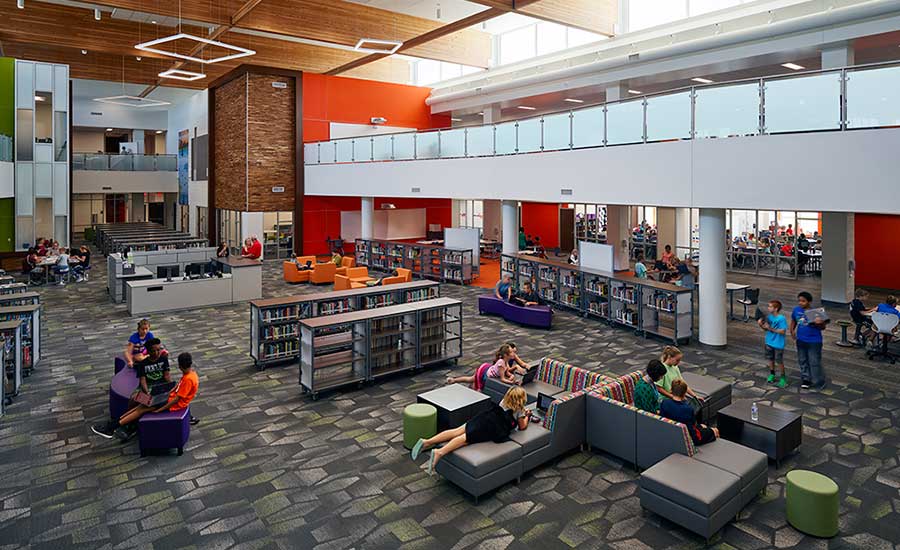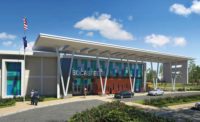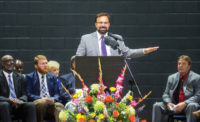Architect Robbie Ferris is on a mission to alter radically the delivery model and performance of K-12 schools. Roughly a decade ago, Ferris and his Raleigh-based firm, Sfl+a Architects, began taking steps to design K-12 schools as “high-performance buildings,” defined as having reduced ownership costs and improved occupant performance.
With a school’s electrical bill constituting about 30% of its total cost of ownership, the firm focused on designing the facilities as energy-positive. Today, Sfl+a’s school designs regularly achieve this status and often by a wide margin.
 Robbie Ferris
Robbie Ferris
Raleigh, N.C.
ENR SE 5/8/17 p. 26
The architect uses a design-build-finance-operate-maintain approach to deliver energy-positive K-12 schools.
Ferris says the schools’ energy-positive criteria add a premium of about 2% to 4% to their first cost. But with no monthly electrical bill, school owners can achieve payback in five to 10 years, he claims.
For example, a recent project in Wayne County, N.C., delivered two middle schools that generated 40% more energy than required, earning them the status as the nation’s most energy-efficient K-12 facilities.
More recently, near Myrtle Beach, S.C., Sfl+a, its subsidiary development arm FirstFloor K-12 Solutions and its contractor partners completed the simultaneous design-build delivery last fall of five new energy-positive schools for Horry County. Together, they will deliver an estimated energy savings of between $68 million and $94 million.
Ferris’ biggest innovation may be his design-build-finance-operate-maintain delivery approach, which Sfl+a has successfully demonstrated in the field. With FirstFloor acting as owner-developer, the company is, in effect, leasing these buildings to school boards. In these cases, the firm also “owns” the building’s energy data. That’s a key factor in the quest to understand a building’s performance and improve future designs, Ferris notes.
“It is impossible to fully optimize a building when you don’t control the systems. Therefore, you must either own the building or be responsible for operation of the HVAC and lighting systems,” he says.
Ferris has had to work hard to win the right to use this approach, which isn’t allowed everywhere. Aaron Thomas, CEO of Metcon, a frequent contractor for Sfl+a, credits Ferris for persevering. “I can’t tell you how many obstacles there have been to doing these energy-positive buildings,” he says.
Ultimately, schools are judged not by their cost but by student performance. On this criterion, Horry County School Board Chairman Joe Defeo expects other positive results, saying, “The emphasis on energy-positive is fantastic, but it seems to divert everyone’s attention away from them being great schools.”





